Faridkot Tourism
Search related to Punjab Tourism

Faridkot is a city and district located in the state of Punjab in northern India. The city is named after Baba Farid, a 12th-century Sufi saint who is believed to have lived in the area. Faridkot is a small but historically and culturally rich city with a population of approximately 70,000 people.
History
Faridkot has a long and rich history that dates back to ancient times. The region was ruled by various kingdoms and empires throughout history, including the Mauryan Empire, the Gupta Empire, and the Mughal Empire. In the 18th century, Faridkot was a part of the Sikh Empire under Maharaja Ranjit Singh. After the fall of the Sikh Empire, Faridkot became a princely state under the British Raj. In 1947, when India gained independence, Faridkot was merged with the newly-formed state of Punjab.
Geography
Faridkot is located in the southwestern part of Punjab and covers an area of approximately 1478 square kilometers. The city is situated at an elevation of 198 meters above sea level and is surrounded by fertile agricultural land. The Sutlej river flows through the district, providing water for irrigation and other purposes. The climate of Faridkot is tropical, with hot summers and cool winters.
Demographics
According to the 2011 census, Faridkot has a population of 69,990 people, with a literacy rate of 70.5%. The majority of the population is Sikh, followed by Hindus and Muslims. Punjabi is the most widely spoken language in the region, with Hindi and English also spoken by a significant portion of the population. The sex ratio in Faridkot is 890 females per 1000 males, which is below the national average.
Economy
Faridkot is primarily an agricultural district, with the majority of the population engaged in farming and related activities. The district is known for its production of wheat, rice, cotton, and sugarcane. In recent years, there has been a growth in small-scale industries, particularly in the manufacturing and service sectors. The city also has a significant healthcare sector, with several hospitals and clinics serving the local population and surrounding areas.
Culture
Faridkot has a rich cultural heritage, with a blend of Punjabi and Sufi traditions. The city is known for its traditional Punjabi music and dance, including bhangra and giddha. The Sufi shrine of Baba Farid is a major pilgrimage site, attracting devotees from across the region. The city also has several historic monuments and buildings, including the Faridkot Fort and the Raj Mahal Palace, which are popular tourist attractions.
Tourism
Faridkot has several tourist attractions that showcase its rich history and culture. The most popular attraction is the Faridkot Fort, which was built in the 16th century by Raja Mokalsi. The fort is located in the heart of the city and is known for its impressive architecture and design. Another popular attraction is the Raj Mahal Palace, which was built by the British in the early 20th century and is now a heritage hotel. The city also has several historic gurudwaras and temples, including the Gurudwara Godri Sahib, which is believed to be the site where Guru Gobind Singh composed the Zafarnama. Other attractions include the Sufi shrine of Baba Farid, the Shaheed Bhagat Singh Museum, and the Gurdwara Tilla Baba.
- State :
- Punjab
How to Reach Faridkot
Complete List of Tehsils in Faridkot District, Punjab
| S.No | Tehsil / Taluk Name | District Name | State Name |
|---|---|---|---|
| 1 | Faridkot | Faridkot | Punjab |
| 2 | Jaitu | Faridkot | Punjab |
| 3 | Kotkapura | Faridkot | Punjab |
Discover Exciting Places to Visit in Agra, Uttar Pradesh - Your Ultimate Travel Guide
Are you ready to explore the wonders of Agra, Uttar Pradesh? From the majestic Taj Mahal to hidden gems waiting to be discovered, our travel guide unveils the most captivating
Explore Exciting Places to Visit in Mumbai, Maharashtra - Your Ultimate Travel Guide
Ready for an adventure? Mumbai, in the beautiful state of Maharashtra, is packed with amazing places waiting to be explored! From iconic landmarks to hidden gems, Mumbai has something for
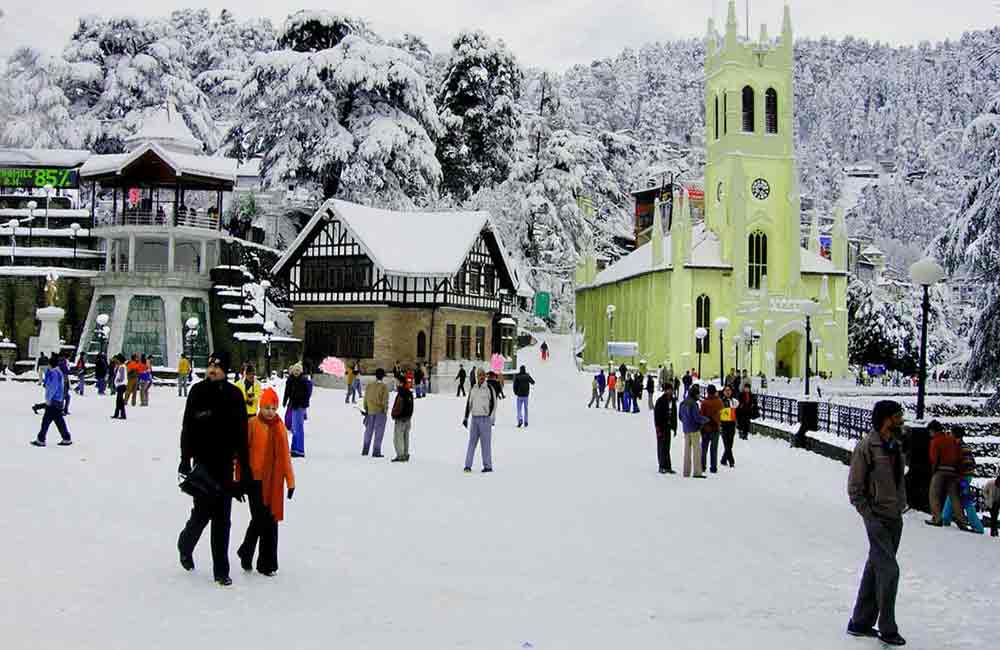
Explore the Wonderful Places to Visit in Manali, Himachal Pradesh - Your Ultimate Guide!
Ready for an exciting adventure? Discover the places to visit in Manali, Himachal Pradesh! From snowy mountains to lush valleys, there's something for everyone. Plan your trip now and explore
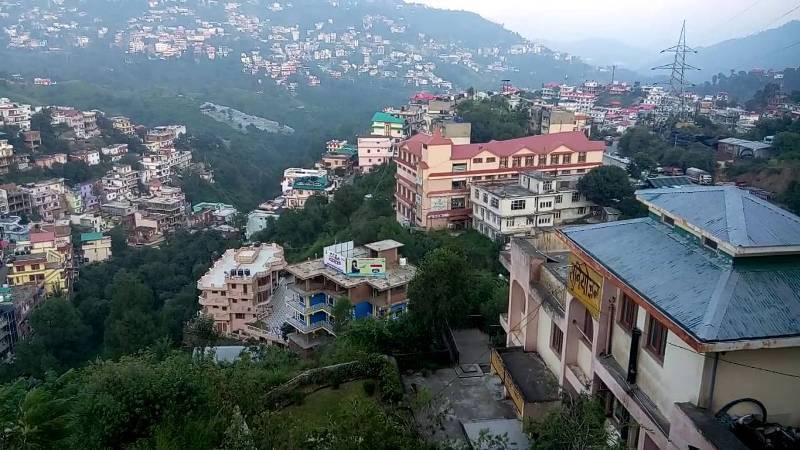
Places to Visit in Solan Himachal Pradesh - Explore the Best Tourist Spots
Discover the enchanting beauty of Solan Himachal Pradesh by exploring its myriad tourist spots. Whether you're seeking adventure or tranquility, Solan has something for everyone. From lush green valleys to
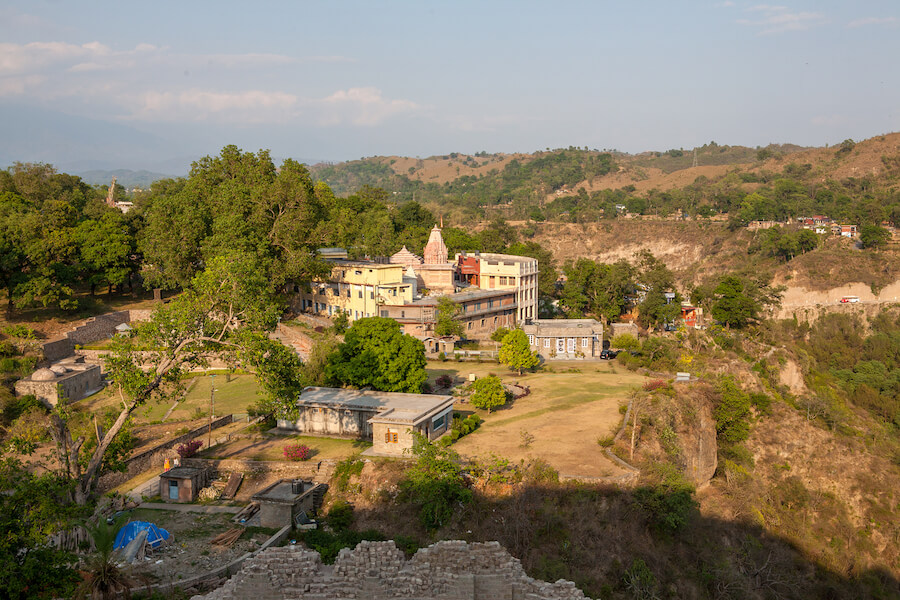
Discover the Best Places to Visit in Kangra, Himachal Pradesh: A Traveler's Guide
Ready for an exciting journey? Kangra, Himachal Pradesh welcomes you with open arms! Explore ancient temples, lush landscapes, and more in this enchanting valley. Let's uncover the best places to
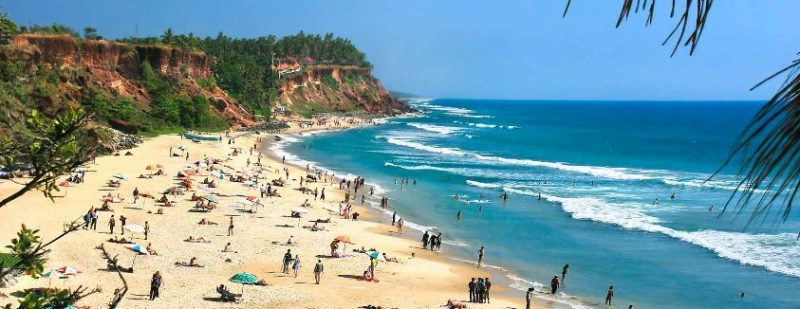
Explore Incredible Places to Visit in Varkala, Kerala: A Guide
Are you ready for an adventure? Varkala in Kerala is waiting for you! Discover the magic of this beautiful place with our guide to the best places to visit. From
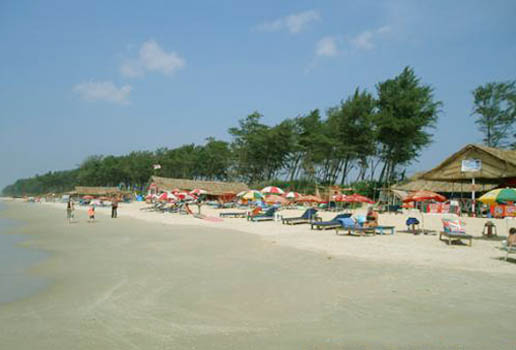
Explore Panaji, Goa: Discover the Best Places to Visit in the City
Ready for an adventure? Panaji, located in Goa, is packed with exciting places to visit. From ancient forts to picturesque beaches, there's never a dull moment in this lively city.
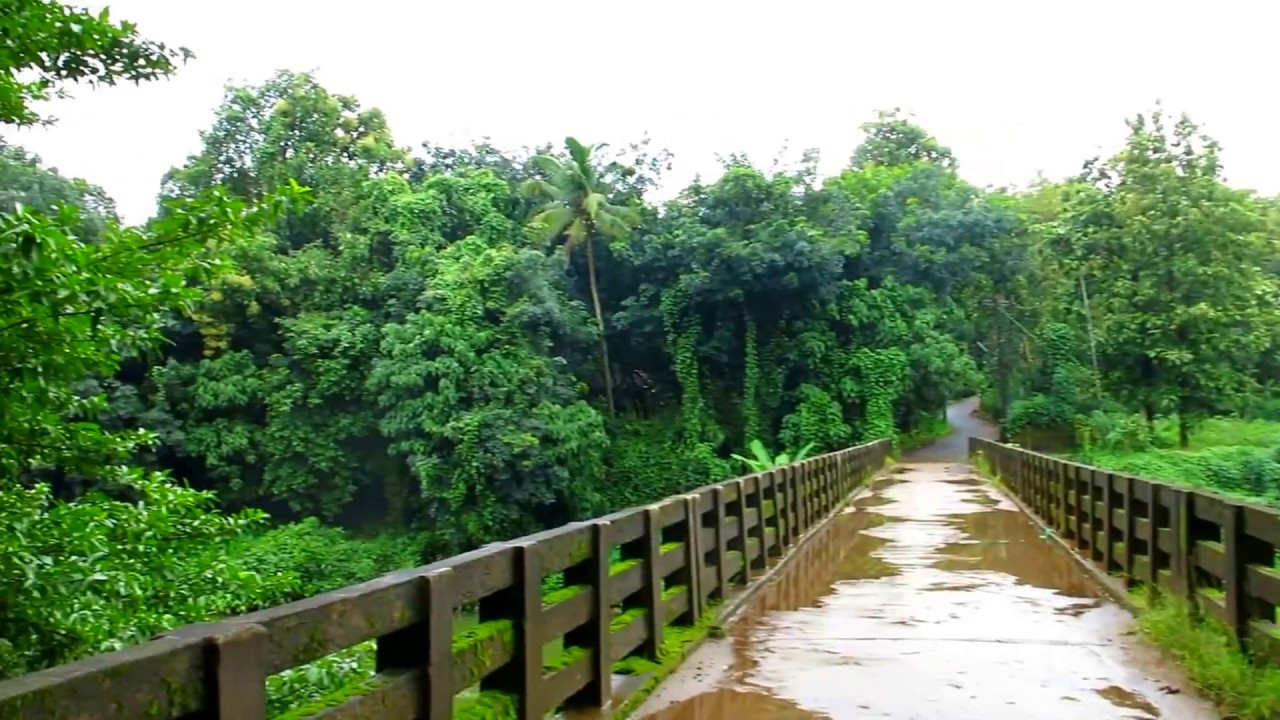
Explore the Best Places to Visit in Thrissur, Kerala – A Perfect Guide for Your Next Adventure!
Are you ready to explore Thrissur, Kerala? Get ready for an exciting journey through this vibrant city! Discover its rich history, stunning landmarks, and fascinating culture. With our guide to
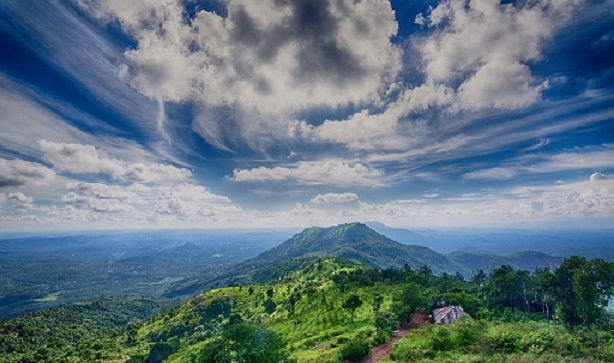
Explore the Best Places to Visit in Malappuram, Kerala - A Traveler's Guide
Dive into the beauty of Malappuram, Kerala with our ultimate travel guide! From picturesque beaches to fascinating historical sites, explore the best places to visit in Malappuram Kerala. Whether you're
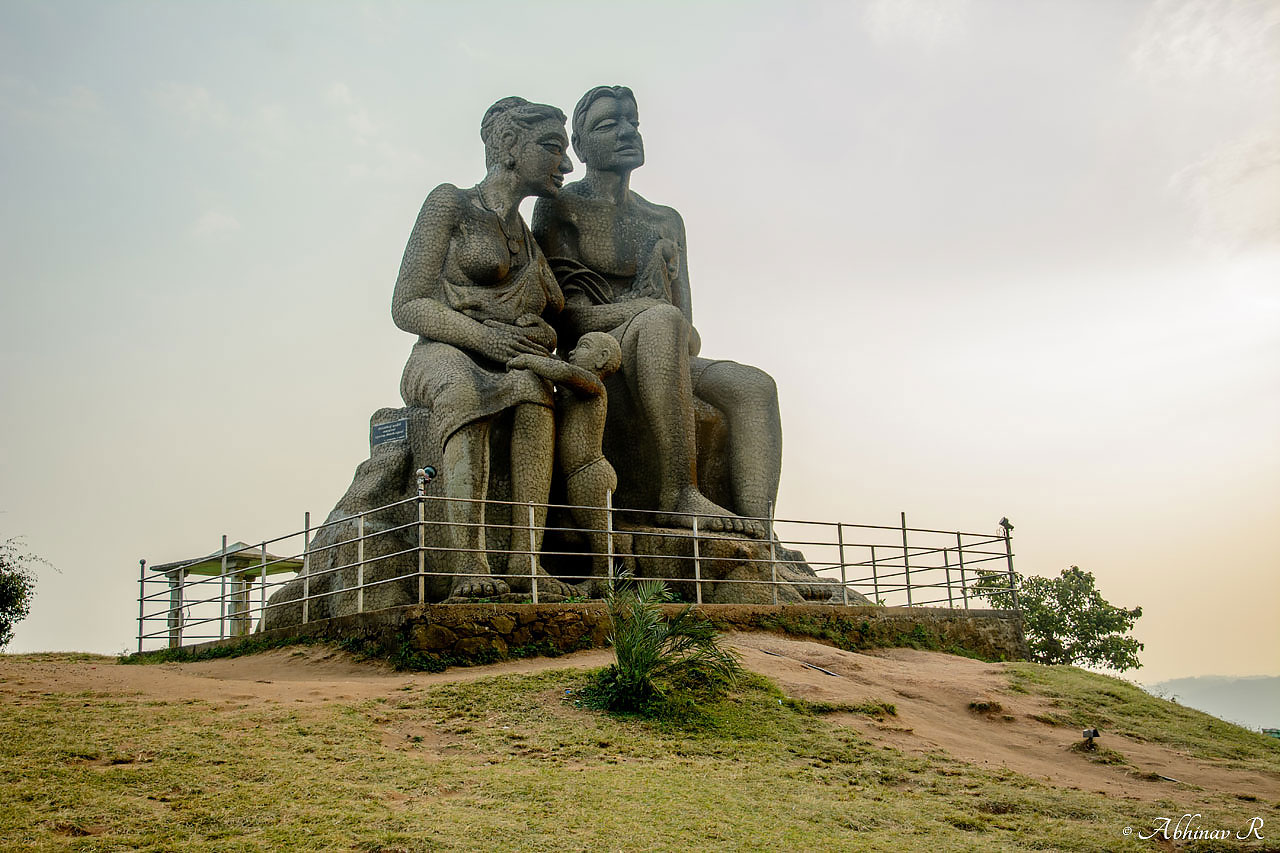
Explore the Best Places to Visit in Idukki, Kerala - A Traveler's Guide
Discover the mesmerizing beauty of Idukki, Kerala with our guide to the best places to visit. From breathtaking landscapes to serene lakes, explore the charm of this enchanting destination. Whether


